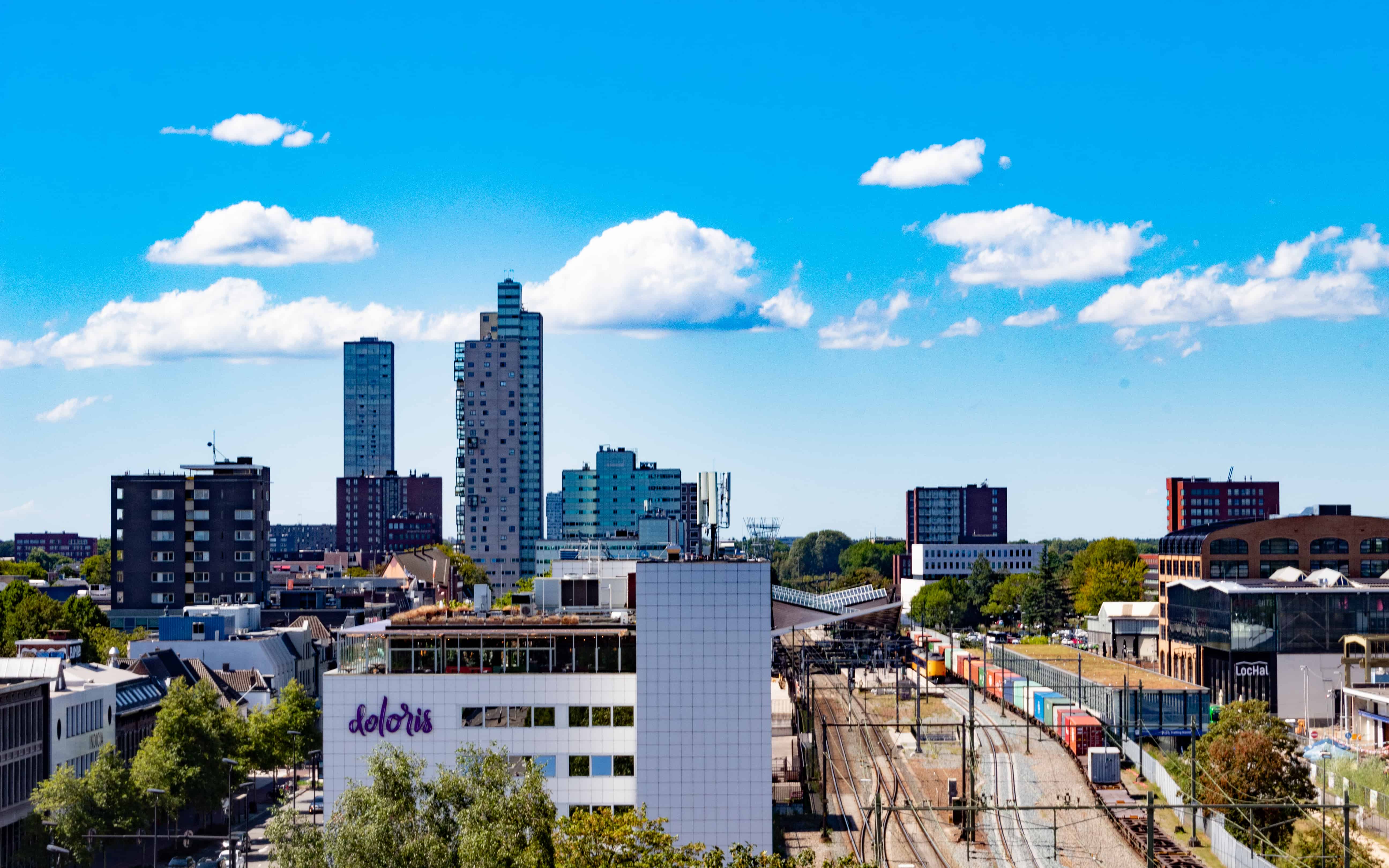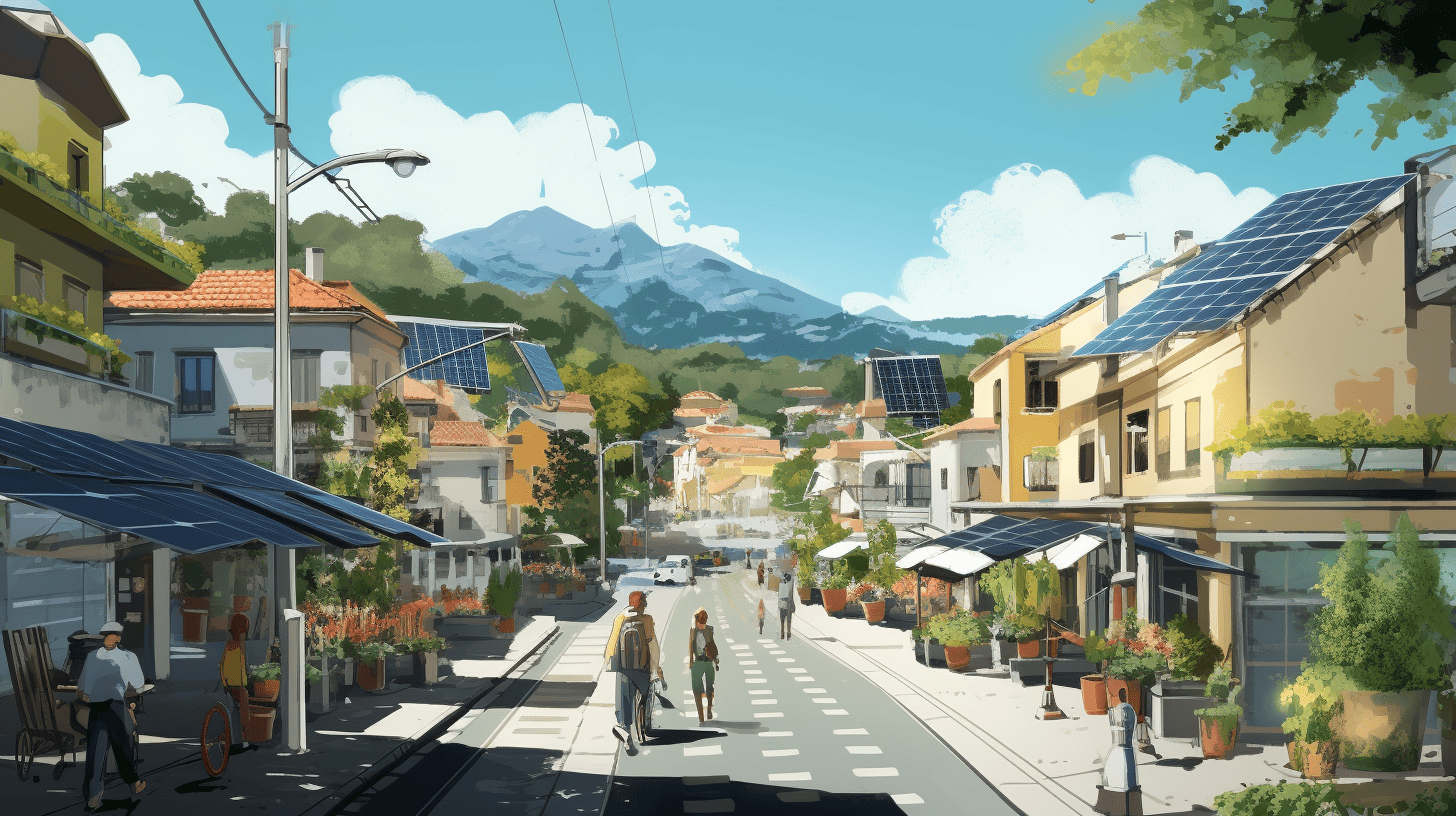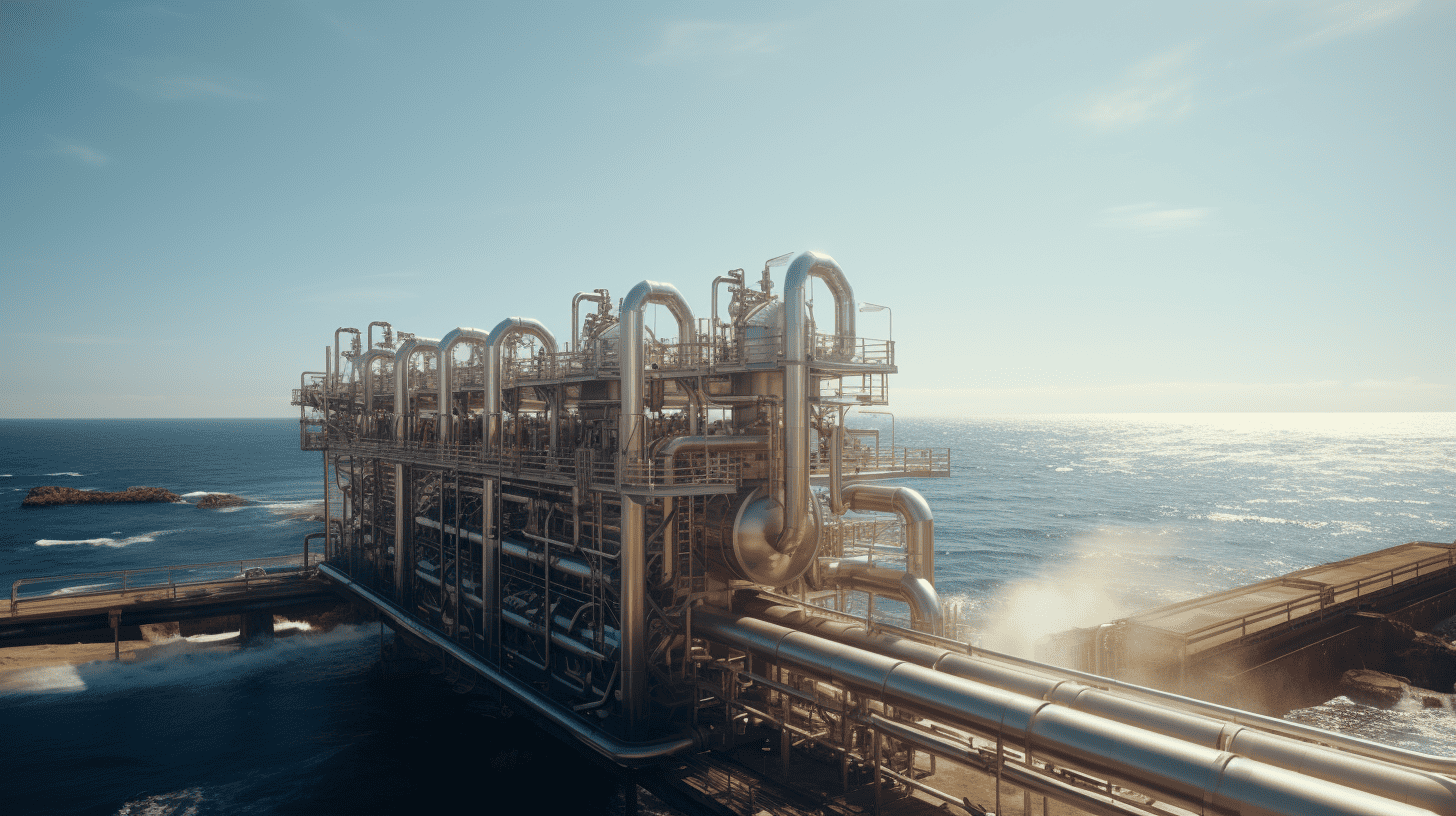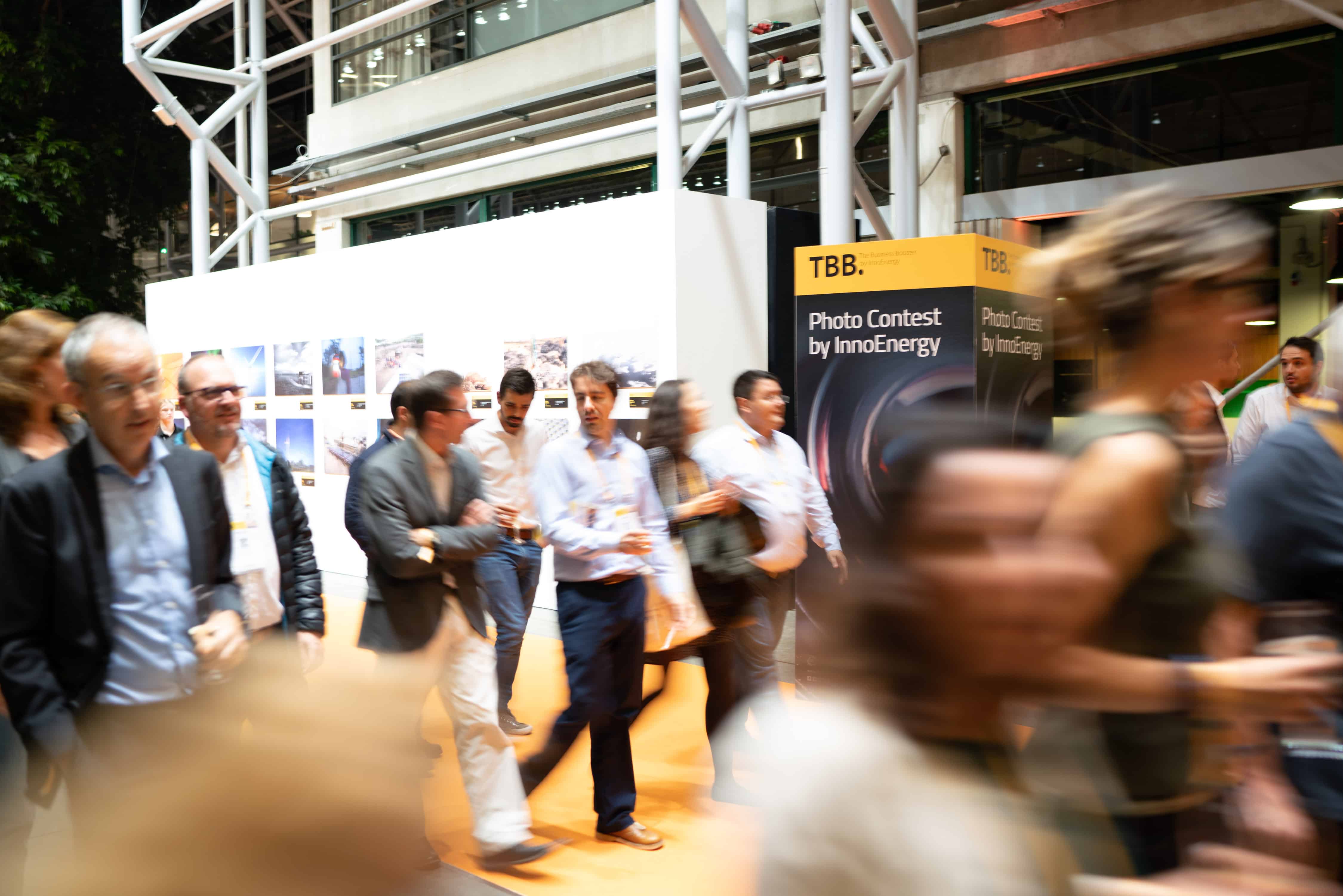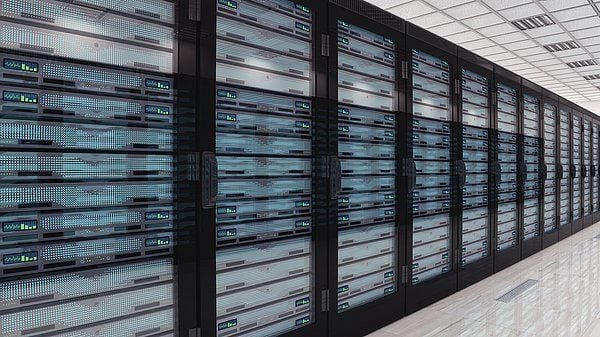
The pandemic accelerated digitalization efforts. Fortunately, most of the technology needed for the digitization process already existed. Its adoption has only been accelerated. Digitalization obviously comes with a host of benefits, but it also poses major new challenges.
We are now more dependent than ever on data, data centers and telecom infrastructures for connectivity. Plus, as we know, there are no megabits without megawatts. As we use and generate more data, our energy consumption will continue to increase. Our economy and society are pushing ahead with data, at about the same time that we realize we need to significantly curb energy consumption if we want to combat climate change.
Growing and curbing growth
How can the data center sector cater to both of these goals? How can you grow and slow down growth at the same time? That is a question that the energy and data center sectors need to have a good answer to in the near future. Moreover, it’s not just about energy consumption for data generation and storage. In almost every sector, the demand for electrical energy is increasing exponentially. For data center operators, this presents additional challenges: how do you ensure enough availability of scarce, new energy production (at a realistic price)?

Energy consumption
This challenge is evident in Dublin. For example, the city has become a major European data hub, and at the moment, their data centers are hogging about 11 percent of Ireland’s power grid capacity. Warnings have been sounded that this percentage is set to rise significantly. Therefore, the government has a significant role to play here as well: it sets the rules and direction for the energy markets and will have to make complex and far-reaching decisions about how energy is generated, managed and who gets priority when it comes to energy consumption.
Zeewolde and Meta
This is also a topical issue in our country. In the Dutch town of Zeewolde, Meta, the parent company of Facebook, is planning to build a huge data center. In principle, the tech giant already had an agreement with the municipality for the purchase of 200 hectares of agricultural land on which a data center spanning 166 hectares would be built. The estimated energy consumption would amount to about 1380 gigawatt hours, which is equivalent to the electricity consumption of about 460,000 families. Due to opposition in the Dutch Senate and House of Representatives, Meta decided not to build the facility after all.

Data centers and their role in the energy transition
Stakeholders in the data center sector – from big tech and service providers to developers and property owners – are used to always being able to get the energy supply that they need. But with demand skyrocketing across all sectors, this is no longer a given. The data sector may argue that digitalization leads to less demand elsewhere (i.e., traffic, logistics and transport), but even then, the drain of data storage and traffic on the total electricity grid remains enormous. Consequently, this sector will have to put serious efforts into sustainability, according to a study by BloombergNEF. This also means that thought will have to be given to the role of the data center. Especially now that TenneT has announced that the electricity grid in North Brabant and Limburg is full.
New standards and approaches to data center design and operations will be needed. Something will also have to be done with the energy consumption of the overall telecom infrastructure, which has an even much larger energy demand than that of the data center industry. We will be using much more data across all areas, and at the same time we need to scale back our demand for energy and make it more sustainable.
Restoring the balance
Aligning data and energy is a unique opportunity for the energy market. For data centers, this presents an excellent opportunity to renew the relationship with energy: data centers are not only major consumers of power, but can also develop into locations that support the electricity grid with new types of energy services as well as with energy generation and storage. Take, for example, solar panels on top of the roofs of these centers.
Right now, the relationship between energy and data may be skewed, but the two need to be brought back into alignment quickly. In some cases, they will also converge in a physical sense.
Sector coupling (connecting different sectors to use (green) electricity as efficiently as possible) is consequently an important theme for the data center sector this year. Already there are examples of what that could look like in actual practice. Over the next few years, we need to take major steps to restore the balance between data and energy. Data centers, instead of being a problem, can then form an essential part of the solution for the energy transition.
Danny Wessels is Field Product Manager Power Quality at Eaton, an American-Irish power management company.
This article is courtesy of ChangeInc, whom Innovation Origins has an editorial partnership with.



